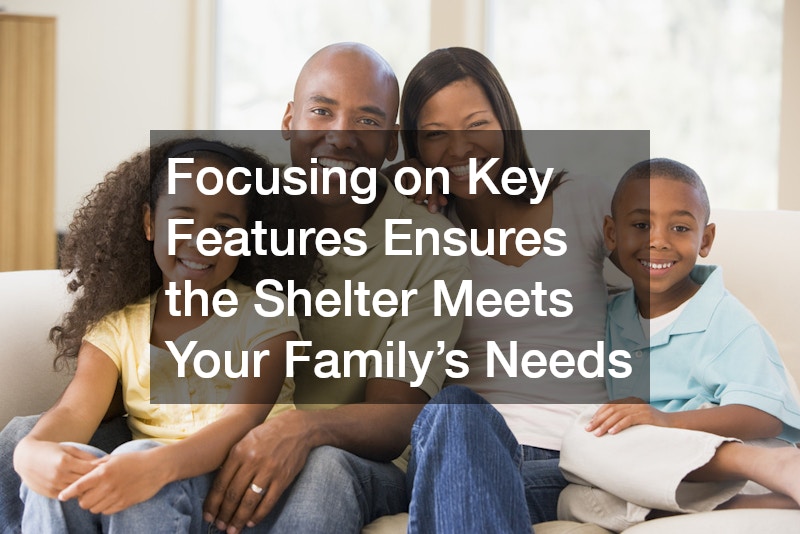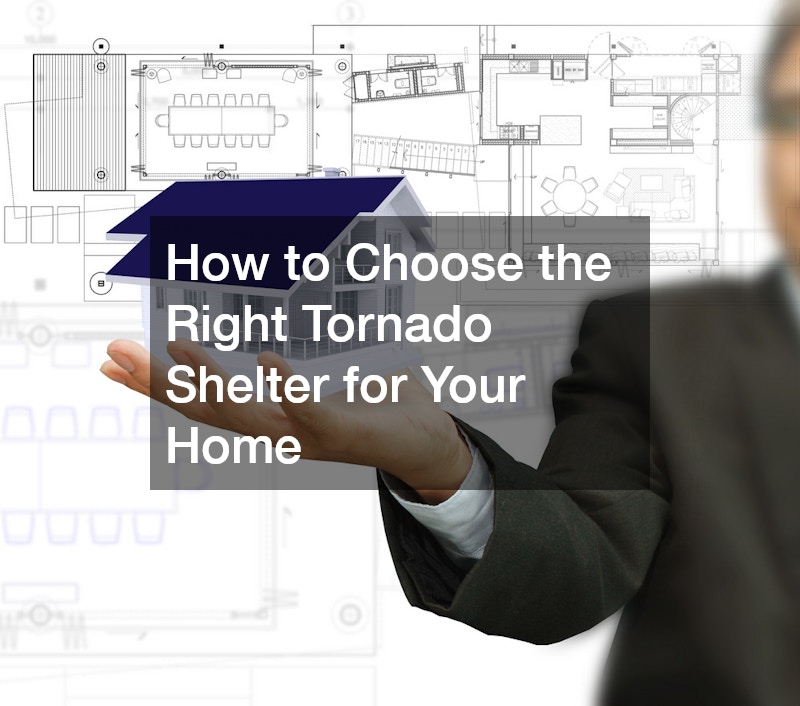Understanding the importance of a tornado shelter for your home is crucial in ensuring the safety of your family during severe weather conditions. Tornado shelters provide a secure space where you can take refuge from the potentially devastating impact of a tornado.
1. What Types of Tornado Shelters Are Available?
1.1 Above-Ground vs. Below-Ground Shelters
When choosing a tornado shelter, it is essential to explore the differences between above-ground and below-ground shelters. Above-ground shelters, often installed in garages or attached to the home, offer easy access and are built to withstand violent winds and debris.
Below-ground shelters, on the other hand, provide additional protection as they are located beneath the surface, usually in the basement or underground. These shelters are designed to offer the highest level of safety, especially in areas where the risk of intense tornadoes is high.
While both provide effective protection, the choice often depends on personal preferences, landscape, and budget. Consideration of the specific types of tornado threats in your area can also guide which option may be best for your family.
1.2 Residential Safe Rooms
Residential safe rooms serve as robust protection zones within a house and are constructed to meet rigorous FEMA standards. These rooms are reinforced with steel or concrete to ensure they remain intact during a tornado.
Features often include steel-reinforced doors, electrical outlets, and ventilation systems to maintain comfort during use. Investing in a safe room could potentially increase the value of your home while providing critical peace of mind.
The establishment of these safe havens within residences highlights their significance in regions frequently affected by tornadoes. Their design and location within the house ensure that safety is always within reach.
2. How to Determine the Best Location for a Tornado Shelter?
2.1 Assessing Space Availability
Identifying space availability is the first step in determining where to install a tornado shelter in your home. Survey your property to determine potential spots, such as garages or basements, where a shelter could seamlessly integrate.
It is important to ensure that the space selected can accommodate the size and type of shelter you have chosen. Consulting with professional contractors may provide insights into best practices for space allocation.
Making informed decisions about space can maximize the functionality and safety of your tornado shelter. Thoughtful planning helps in avoiding space constraints and ensures a streamlined installation process.
2.2 Accessibility and Convenience
The accessibility and convenience of your tornado shelter are key components in emergency preparedness. The shelter should be easily reachable from various parts of your home, ensuring quick access during a tornado warning.
Consider pathways, obstacles, and distance; these factors can affect how swiftly you can reach safety. Positioning the shelter in a frequently used area of the home can significantly enhance response time.
Accessibility is not just about physical location; it also involves the ease of opening doors and entering the shelter. Factoring in mobility challenges within family members ensures that everyone can seek refuge swiftly and safely.
3. What Are the Key Features to Look for in a Tornado Shelter?
3.1 Construction and Material
Reliable construction materials and design standards are imperative for ensuring the durability and safety of a tornado shelter. Steel and reinforced concrete are commonly used due to their remarkable strength and ability to withstand heavy impacts.
By adhering to robust design standards, these shelters can maintain integrity during high-magnitude storms. Inspecting materials before purchase and installation will help verify that safety regulations are met effectively.
The quality and standard of construction materials contribute significantly to the shelter’s long-term performance. Investing in sturdy construction helps mitigate risks associated with structural failures during severe weather events.
3.2 Ventilation and Comfort
A tornado shelter should include adequate ventilation to ensure air circulation and maintain comfort during prolonged stays. Ventilation systems, combined with emergency lighting, create a habitable environment even during extended use.
Implementing features such as benches or storage for emergency supplies enhances the usability of the space. Planning for comfort ensures that the shelter remains a practical solution for families.
Aspects beyond safety, like ensuring suitable lighting and temperature control, enhance the shelter’s utility. Comfortable surroundings within the shelter can help ease the anxiety associated with severe weather situations.
4. How Much Does a Tornado Shelter Cost?
4.1 Understanding Pricing Factors
The cost of a tornado shelter can vary based on several pricing factors, including the size, type, and specific installation requirements. Generally, above-ground shelters tend to be less expensive than their below-ground counterparts.
Additional elements such as customized design, high-grade materials, and labor costs can further influence pricing. Having a clear budget beforehand can assist in determining which factors are adjustable to suit your financial plan.
Investing in a tornado shelter is a decision that balances budgetary constraints with safety needs. Understanding these cost variables can help forecast expenses accurately and aid in financial preparation.
4.2 Budgeting and Financial Assistance Options
Budgeting for a tornado shelter involves mapping out expenses and understanding financial assistance options. Some states offer grant programs to help offset costs, with federal programs also providing financial aid under specific conditions.
Homeowners may explore loans or subsidies that make purchasing a shelter more feasible. Investigating these opportunities is crucial in reducing the financial burden associated with shelter installation.
Consulting local governmental and emergency management agencies can provide better insight into available financial aid. An informed decision regarding financial planning can strongly contribute to executing a safety-first approach in home improvement.
Selecting the right tornado shelter involves careful consideration of various factors, including type, location, features, and cost. Investing in a tornado shelter is an invaluable measure to protect your home and loved ones during dangerous weather events.
Prioritizing safety, convenience, and functionality ensures that the shelter meets your family’s needs effectively. Ultimately, the presence of a well-selected tornado shelter offers peace of mind by providing a secure refuge whenever the threat of severe weather looms.

